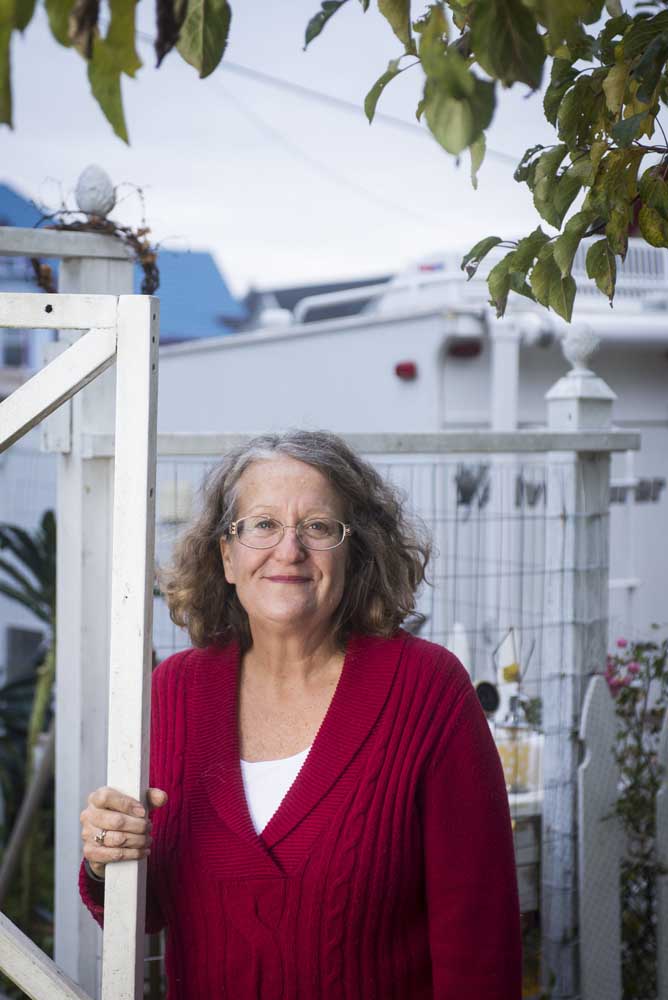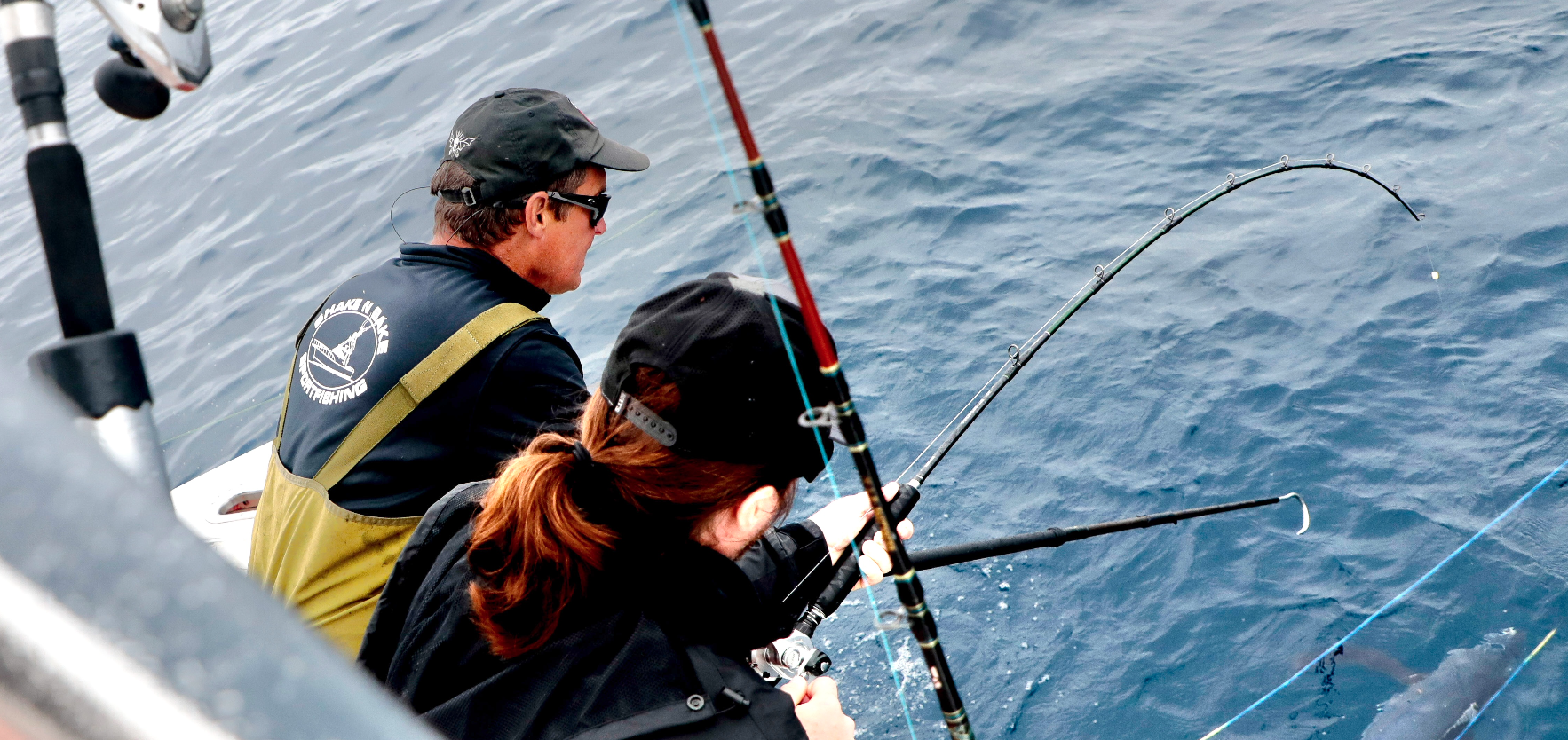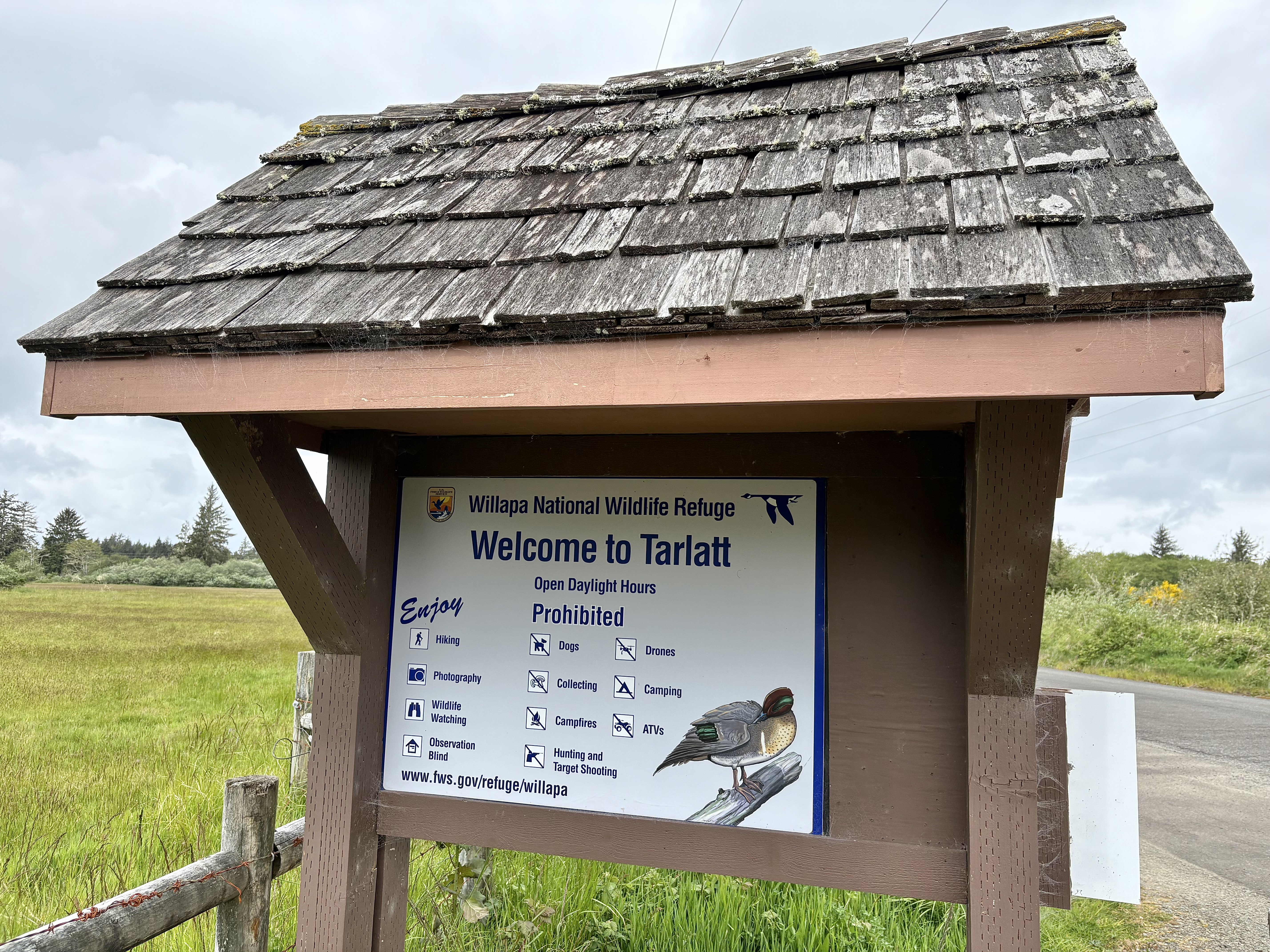Gardening Q&A: Defending your roses against dastardly deer
Published 10:53 am Tuesday, December 8, 2015

- Jane Donnelly in her garden.
Q: You have worked at deer-proofing your garden. How did you do that?
Trending
A: Deer are a conundrum. They drive me crazy. The last time I went out to shoo a deer away from a lilac bush she lifted her head and just gazed at me. She was beautiful and I tossed her an apple to eat. I feel blessed to live in a place where I get to see and interact with wildlife on a regular basis. My answer to this conundrum then is compromise — I exclude deer from some areas of the yard and allow them access to the rest.
There are many different strategies for dealing with deer:
• You can get a big outdoor dog. Our old dog liked the deer and would leave them alone. Our new dog would love to chase the deer, but would run across the road and get hit. So that is not an option for us.
Trending
• Deer sprays have to be used often and will wash off. Since most of them stink I have not used them.
• Water sprinkler motion detectors are supposed to be effective but I haven’t used them.
• Choose only deer resistant plants. This works well on paper, but it always seems like deer change their dietary habits. My deer population ignored the hydrangeas for years and then started eating them. So their tastes change so this strategy doesn’t always work. If you absolutely love roses you will have to protect them from deer (and other diseases). To me roses aren’t worth the bother and frustration. I choose other plants such as dahlias which deer don’t seem to like.
• Deer or bird netting works really well. It is cheap, light weight, easy to put up and reusable. The deer can’t see it (neither can you from a distance) and when they stick their head into it, it scares them. The only drawback is that you have to move it to weed or harvest any vegetables.
• A 6-foot fence (yes 6 feet — deer are great jumpers). There are all forms of fences but there are laws and ordinances about placement of a fence in your yard. Our fence is semi-permanent. The posts are four-by-four lumber set in place with metal spikes. These spikes can be removed and the garden area reconfigured. In between the posts is wide-meshed wire fencing. It does not block the view, but keeps the deer out. So far it has worked.
One of the best pieces of advice I have gotten about gardening on the Oregon Coast has been “pick your battles.” That same little bit of wisdom works with raising children, training dogs and enjoying a long marriage.
Q: Besides deer, what has been your biggest gardening challenge this year?
A: The lack of rain has been an issue for every gardener on the coast. I put drip irrigation in the vegetable beds and pots and let the rest of the garden die back. I refuse to pay to keep the grass green. The other problem this year has been aphids. We had such a mild winter this last year that the aphid population didn’t die back. I had no luck killing them off and I am still struggling with them on my kale.
Q: What has been your biggest success?
A: The raised vegetable beds that we put in a couple of years ago just seem to get more productive.
Q: What part of your personality is reflected in your garden?
A: I have a dual personality and the plants in my garden have to meet a dual set of criteria. Each plant has to be beautiful and functional. My garden represents functional whimsy which pretty much describes me.
Q: What gardening book that you have read recently would you recommend?
A: “Growing Vegetables West of the Cascades” by Steve Solomon is a wonderful book for anyone who wants to grow vegetables and “The Well-Tended Perennial Garden” by Tracy DiSabato-Aust is a great resource for any gardener’s library.
Q: What is your favorite plant?
A: I adore my apple tree. It was here when my husband and I bought the property. It is so beautiful in the spring when the blooms come out, it provides shade in the summer and we are still picking wonderful apples out of it. I have also started to collect peonies of different varieties.
Jane Donnelly, a former state natural resource damage assessment coordinator in Florida, has a garden at her home in Astoria. She describes herself as a “dyed-in-the-wool tree hugger.” She is married to artist Jeff Donnelly.









